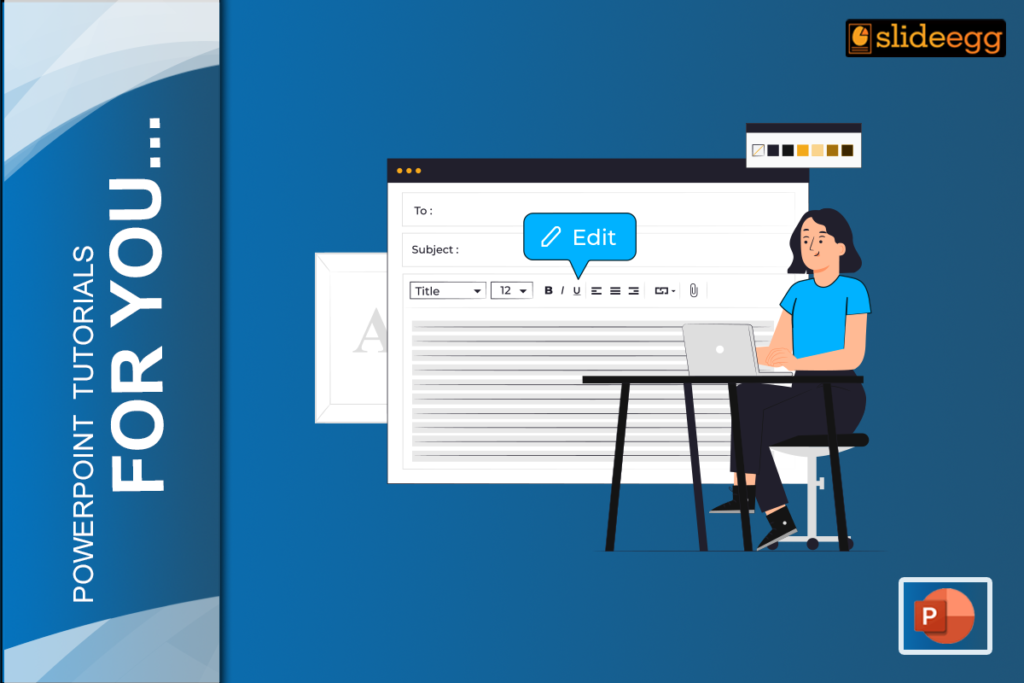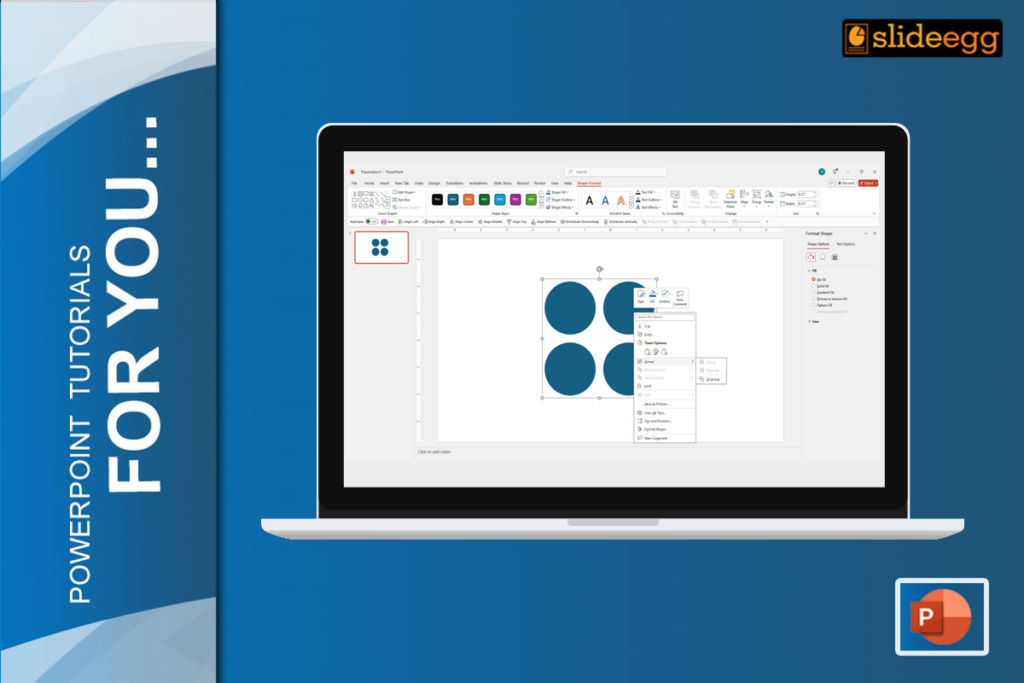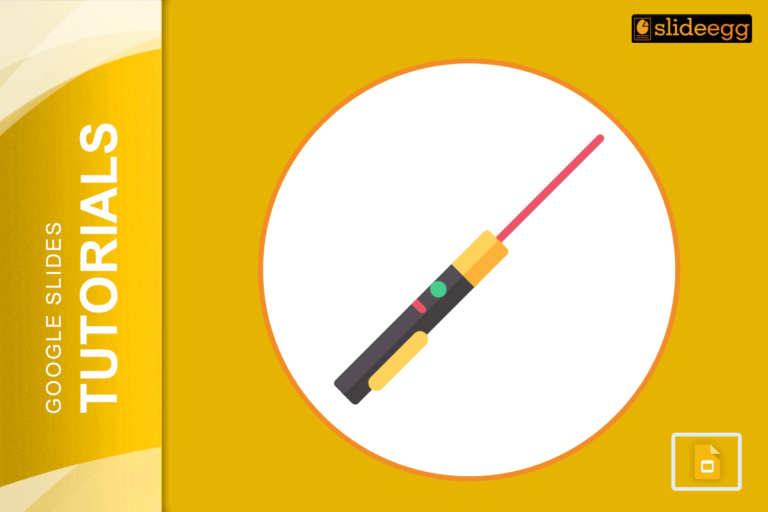Creating an attractive presentation properly is not about having great ideas, but even the best ideas make little sense if they are presented poorly. Among the best methods of getting your audience’s attention is through well-formatted text. And so, in this blog, we will take you through how to format text in PowerPoint, ensuring that not only do your slides look professional, but your message also glows.
Why Formatting Text in PowerPoint Matters
Imagine sitting down to view an entire presentation with incorrectly formatted text and words that are not readable, or doesn’t stand out. That is not exactly going to help get the point of your presenter through to you, would it? That’s why text formatting serves an important function in ensuring that your slides are professional. Be it a pitch deck, a classroom presentation, or a business report, properly applying text formatting makes your message clear, interesting, and professional.
Here is a very simple guide on how to format text in PowerPoint so that your presentation can be clean and visually appealing.
1. Use the Right Font Selection
- Launch PowerPoint and navigate to the Home tab.
- Select the text to be formatted.
- In the Font Section, open the drop-down list, which should include a simple readable font like Arial, Calibri, or Helvetica.
- Apply readable fonts so that the audience will not attempt to read but listen to your message.
Tip: Try to avoid the use of fancy fonts, unless it is related to your topic. Simple fonts work best for professional presentations.
2. Get the Right Font Size
- Open the Home tab.
- Use the toolbar to roll down the font size.
- Set the right size based on your target audience.
- For titles, use at least 24-36 points.
- For the body text, use 18-24 points as a general idea.
Your text will be large enough to be easily readable, especially if you’re presenting in a large room or using smaller screens.
3. Align Text for a Clean Look
Alignment also helps create a clean and professional slide. To align your text:
- Choose the text you want to align.
- Go to the Paragraph section under the Home tab.
- Choose one of the alignment options:
- Left-aligned: Use for regular text.
- Center-aligned: Used for headers and titles
- Right-aligned: Use sparingly, but can work in some designs.
For more advanced text placement and formatting, see my blog “How to Add, Copy, and Delete Text Boxes in PowerPoint“ to give you an idea of the positioning of your texts on the slide.
4. Line Spacing to Readability
Too many texts can be difficult to read. Proper spacing between lines will help you make sure that your text is readable:
- Choose the text that you want to adjust.
- Click the Line Spacing button in the Paragraph section.
- Choose a spacing of 1.15 to 1.5 for body text.
This allows for proper line spacing, so the contents are not hard to read or track.
5. Highlight Important Elements Using Bold, Italic, and Underline
To highlight important elements, you can apply bold, italics, and underlines:
- Highlight the text you want to emphasize.
- Use the Bold (B), Italic (I), or Underline (U) options in the Home tab.
Use these quite sparingly for key points, but otherwise keep your slides clean and clear of clutter.
6. Bullet Points for Lists
When you have lots of ideas or points to present, it’s much more readable to organize them using bullet points. Here’s how:
- Click where you want to add bullet points.
- Under the Paragraph section, click on the Bullets icon.
- List your items. For better clarity to your audience, minimize bulleting to a few words.
- The bullets you insert should not be more than 3-5 per slide so that your presentation does not seem confusing.
Change Text Color for Contrast
To make your text read well, you must have a good contrast between the background and your text. Here’s how you can do that:
- Make sure you highlight the text.
- Under the Home tab, select the Font Color option.
- Choose the contrast color.
A good contrast is necessary between the color of your text and the background. In other words, dark text on a light background or light text on a dark background is good and widely used for the presentation.
That way, viewers will be able to read the text regardless of their location, whether they are in the front row or sitting in the back.
More Professional Presentation Text Formatting Tips
1. Use Presentation Templates
If you want to save time and give your slides an expertly professional look, try premade PowerPoint templates. They are already designed with proper formatting in place, so you just need to insert your content. There are quite a few websites, like SlideEgg, that provide a source of very beautiful free PowerPoint templates which can be adapted for your purposes. They help you speed up your formatting and keep uniformity in the slides while you are otherwise concentrating more on content and less on the details of the design.
2. Text Effects to Add Extra Style
There are excellent text effects available in PowerPoint for highlighting certain points. You can add shadows, reflections, or glow effects to your text.
- Select the text.
- Go to the Format tab.
- Use Text Effects and look for an option like Shadow, Reflection, or Glow.
But don’t overdo it. A light shadow can make your text more deep, but too many effects can make your slides look unprofessional.
Wrapping It Up
Text formatting in PowerPoint is the final step to the polished, professional look that you need for your presentations. The steps are very simple; they ensure you get the right choice of fonts, proper alignment, setting of proper line spacing, and great emphasis on the key points for making your content clear and engaging.
Don’t forget that free PowerPoint templates are an excellent save, both in terms of time and style for your slides. If you work across different platforms, you may also learn “how to format text in Google Slides.”
Now, you’re all set to create a presentation that will hook your audience!







